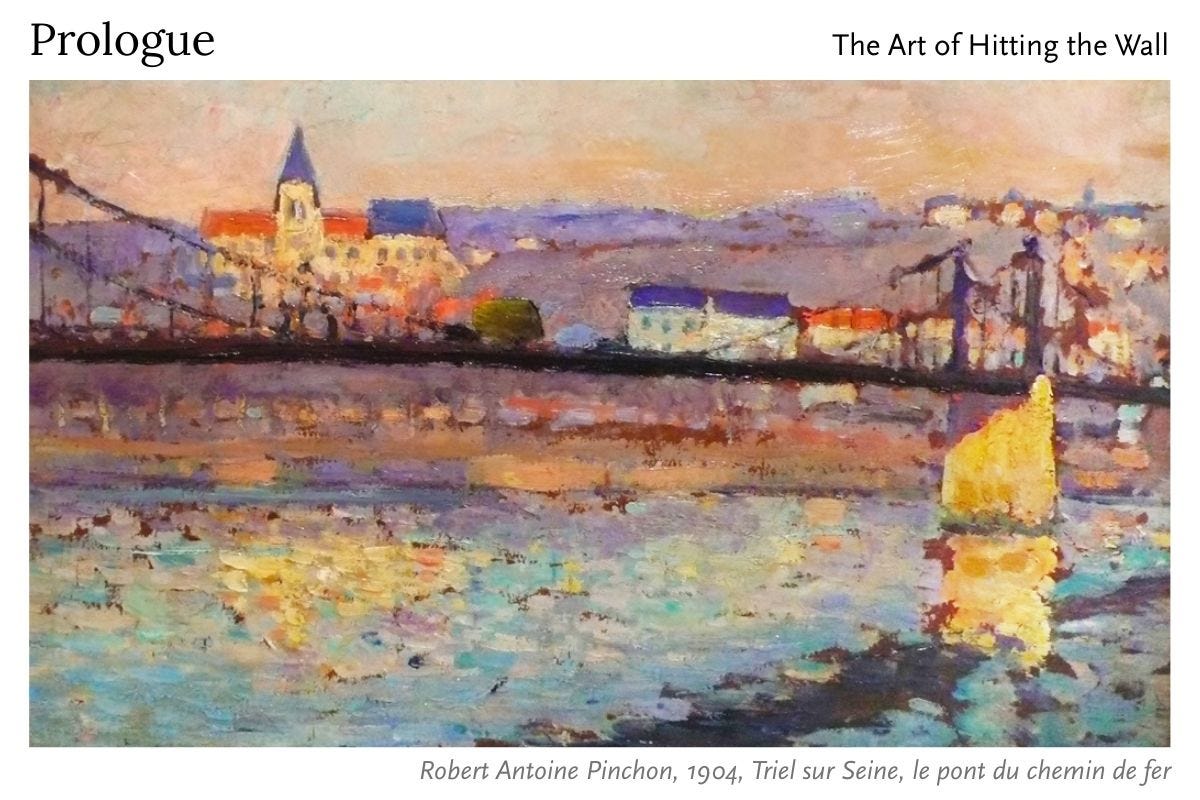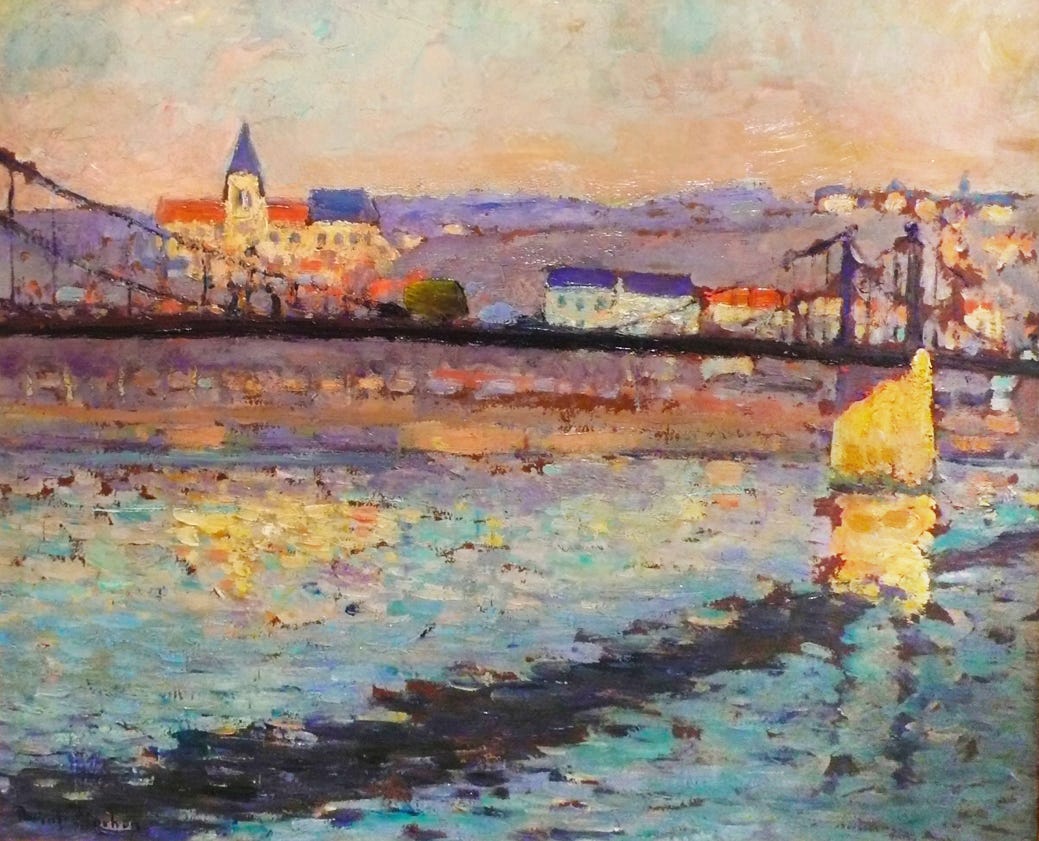Prologue
When I look back, over the months that preceded it, I see that my path had been littered with breadcrumbs. Clues. All pointing to a bright neon sign, flashing:
“Go back to the Impressionists,” it read. “They’re waiting for you.”
I didn’t set out to write a book. Sometimes, though, a story seizes you so completely that you are left with no choice but to figure out the craft of writing, just to get the story out.
It started with a feeling. A knot of dissonance in me that I couldn’t understand. It made me uncomfortable and not being one to sit with such an emotion for long, I reached to resolve it. An essay would do the trick, I decided. I set out to use a story from art history to offer a vision of hope for the artists of today. It was a useful story with a clear purpose. I had the bones of it all planned out.
But the story refused to stay small. Instead, it twisted itself into a gathering storm and drew me in. Like a tornado, it swept through everything I love — moments from history, pieces of art, snatches of melody, questions of philosophy and puzzles from science, it pulled from memory and myth.
I couldn’t stop myself from writing.
For eight days I wrote with a feverish urgency that I still can’t explain. I’m someone who measures my words carefully, I hold them up to the light and more often than not, I find them wanting.
But these words refused to wait, they arrived on a string of pearls, fully formed, arriving faster than I could type them. And they resisted my questions. I would have second-guessed them, but I simply didn’t have the time. It was only through the process of writing that I was able to pull myself through the mystery to find out what it was.
At first, I thought that I was writing about a revolution that happened in the past, but as I followed it, the story stretched out across the arc of time. I began to see art as a mirror, reflecting an emotional history of the world, and as I watched those reflections playing out on the canvas, I could feel the same struggle was happening not just out there, but within me. What I thought was a story about the past turned out to be about both then and now. Both out there, and within.
A memoir, I’ve learned, is much like a pointillist painting. Each story is a coloured dot on the canvas: The blues, for the vast sea of memory & emotion, green for the solid earth of logic and knowledge, and finally, red for the reckless rebellion of the creative force. Each dot on its own is incomplete — it doesn’t tell the full story. In a cluster, you see only the messy chaos of a life. But when you step back — the eye blends the colours together. And all at once, a picture clicks into place, and you say: “Oh, That’s what you were trying to tell me”
What I did not yet know was that it can be like that for the writer, too. I was standing too close to the canvas — I couldn’t see the pattern either. Only after the last piece was in place, when I took one, two, and three paces back, did I see the picture I was forming and say, “Oh, That’s what I was trying to tell myself.”
If you’re craving a story where logic and intuition, art and science, music and philosophy collide, I invite you to join me as I publish The Art of Hitting the Wall, chapter by chapter right here on Substack. Chapter One drops on 30 May 2025.
Image Credit:
Robert Antoine Pinchon, ‘Triel sur Seine, le pont du chemin de fer,’ 1904.







I love these threads of inspiration 🌷